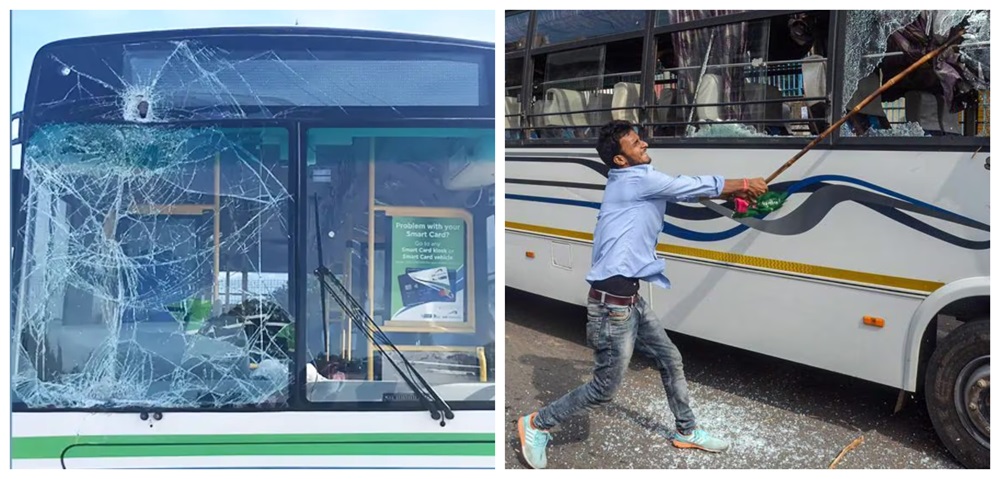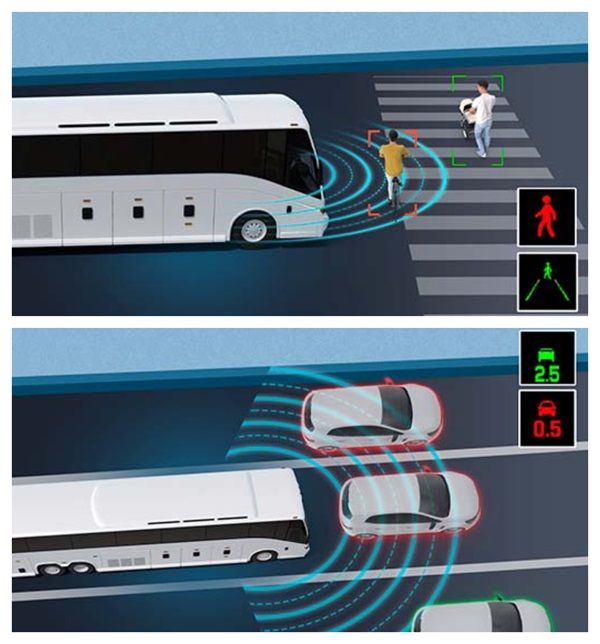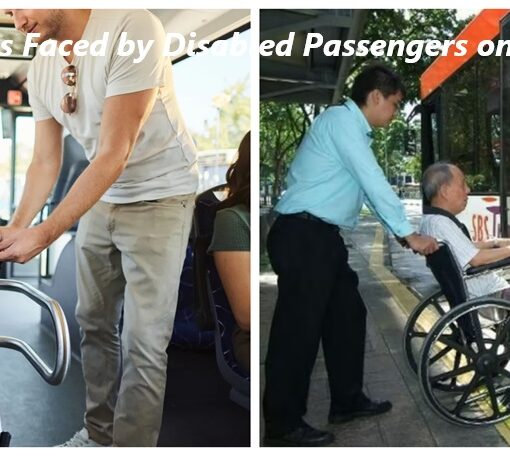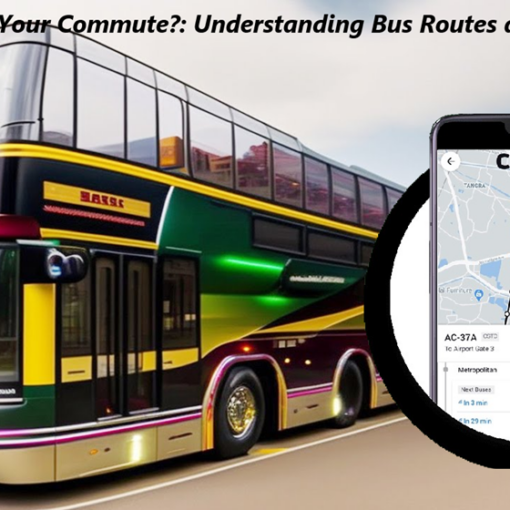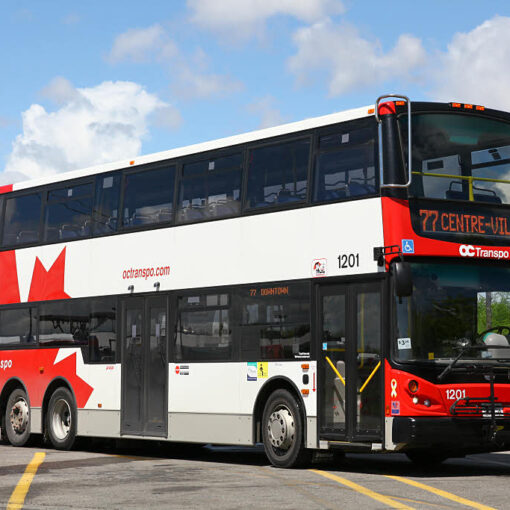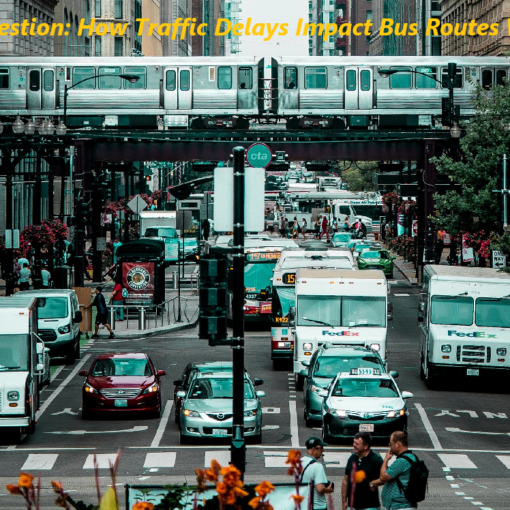Security Challenges Faced on Bus Routes
Numerous security issues that differ by location and situation confront public transportation networks, especially bus lines. These issues include graffiti, crime, and passenger safety in general. Both drivers and passengers may be impacted by crime, which can take many different forms, including violence, harassment, and theft. In addition to requiring repairs, vandalism—which includes graffiti and damage to cars—can discourage passengers by fostering an unwelcoming atmosphere. Furthermore, the public’s trust in bus services may decline as a result of the feeling of insecurity, which could affect total utilization and income.
The Impact of Crime and Vandalism on Public Bus Services
Public bus services are greatly impacted by crime and vandalism because they raise operating expenses and lower service dependability. Frequent vandalism, for example, raises maintenance expenses and calls for more security, which might take money away from other vital services. Furthermore, occurrences of crime might make people fearful, which lowers ridership. This cycle can make public transportation systems less efficient because fewer passengers may result in fewer services or route cuts, which would make accessibility even more of an issue for communities that depend on these services.
Technological Advancements in Enhancing Bus Route Security
Around the world, technological advancements are significantly improving bus route security. Important developments include:
- Real-time tracking systems: GPS technology makes it possible to follow the locations of buses in real-time, which can assist dispatchers in reacting quickly to crises or accidents.
- Video surveillance: By installing cameras on buses, crime discouraged and important proof available in the event of an incident.
- Advanced Driver Assistance Systems (ADAS): These systems improve driver and passenger safety by offering features like lane departure warnings and collision avoidance.
- Mobile apps: A lot of transportation agencies now give apps that let users report incidents to authorities directly and send out safety notifications.
By offering more dependable service, these technologies not only increase safety but also improve the overall traveler experience.
Global Case Studies: How Different Cities Are Addressing Bus Security?
Various tactics are being used by cities worldwide to solve security issues on their bus routes:
New York City
- By limiting collisions with other cars, the Automated Bus Lane Enforcement (ABLE) program reduces delays and improves safety by enforcing bus lane laws using cameras installed on buses.
London
- To improve efficiency and safety, the city has implemented smart bus routes that make use of real-time data analytics to optimize vehicle deployment based on passenger demand and traffic conditions.
Singapore
- By integrating technology like facial recognition cameras at bus stops, crowds can monitored and possible threats can identified before they become events.
These case studies demonstrate how various strategies adapted to regional conditions can successfully improve public transportation system security.
Future Strategies for Improving Safety and Security on Bus Routes
In the future, a number of tactics can use to enhance bus route safety and security even more:
Enhanced technological investment: Security measures will strengthen by ongoing financing for cutting-edge surveillance systems, real-time tracking tools, and mobile reporting apps.
Programs for community engagement: Including nearby communities in safety campaigns might help them feel more accountable and invested in public transportation.
Improved driver education: Giving drivers thorough instruction on how to handle crises and spot suspicious activity can enable them to respond appropriately in the event of an emergency.
Data-driven decision-making: Transit authorities will be able to make real-time adjustments to their strategies by using data analytics to evaluate passenger feedback and crime trends.
By putting these tactics into practice, communities can improve the general effectiveness of their bus services while also making public transportation safer for all customers.
Rate your experience with the Common Security Challenges Faced on Bus Routes Globally: (click on the stars below)
